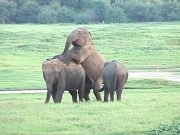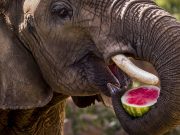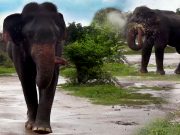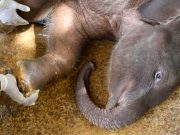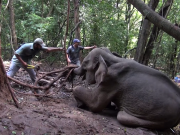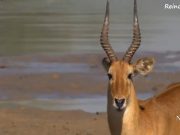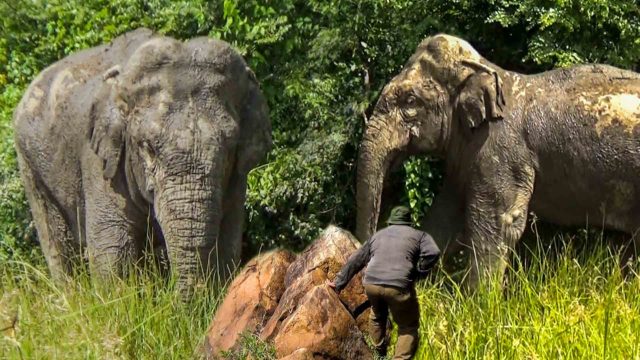Elephant hunting and poaching have a long abundant history. Long ago, Sri Lanka had a wide range of wildlife, especially the most endemic species than any other country. In the case of elephants, Sri Lankan elephants are the darkest and the largest subspecies among Asian elephants.
But unfortunately, wildlife hunting and poaching for various reasons have resulted in a significant decline in the elephant population on this tear-shaped island. As per IUCN Red List 2022, the total wild elephants left in Sri Lanka are 2500-4000. Killing them is illegal yet poachers continue to harm the gentle species. Even though only male Sri Lankan elephants bear tusks and those with ivory tusks are only 7% in Sri Lanka.
Sri Lankan elephants are a cultural symbol of the country and have been attracting tourists and wildlife photographers who want to see elephants in the wild. But, saving elephants in Sri Lanka is not just for tourist attraction or cultural values. They are a vital source of biodiversity as well. Even a single footprint of an elephant can grow numerous organisms thereby diversifying the ecosystem. And that’s what Sri Lanka is known for – a diverse ecosystem.
Apart from small creatures, elephants also pave the way for the bigger animals to move across the dense forests where dense vegetation does not allow the weaker animals to wander. The elephant here is shot in the leg by poachers. The wildlife team has arrived to rescue the innocent animal suffering from intense pain.
Before approaching the animal, the team has to be very careful in making every move as the anxious elephant can attack human beings as well. Anesthetizing elephants to treat such a wound is better than restraining them. This saves them from the pain of treatment and humans from the fear of animal attack.
The highly-skilled and trained professionals from the wildlife team provide treatment to the animal. They stay by its side until they are completely satisfied that the elephant is now ready to carry on its normal life activities in the wild.








